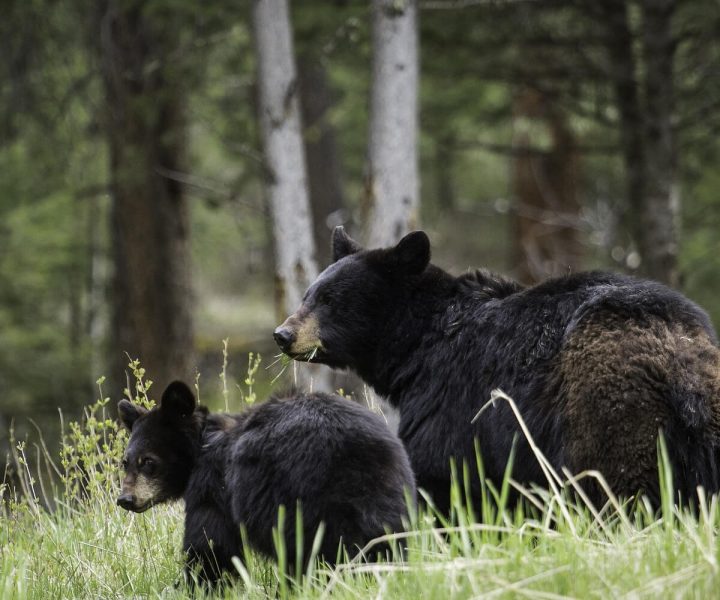
You may think that keeping a safe distance from wildlife is just about your safety, but their welfare also plays a big part in why its not safe to approach wild animals. You can place an animal in grave danger by touching, feeding, or getting too close to them.
Most national park visitors have nothing but good intentions, and yet they can still love wildlife to death. The growing amount of tourists means animals have become more used to and less fearful of humans, which has also lead to wildlife being more aggressive. While these creatures may appear curious and harmless, they have still been known to leave visitors with injuries. That is why it’s illegal in all national parks to feed, harass, or approach any kind of wildlife.
You can still enjoy these magnificent creatures in their natural habitat, there are just some things that you need to keep in mind.
1. Do your research
While interacting with wildlife is illegal in all parks, they each have their specific and unique guidelines, including food storage requirements and minimum wildlife viewing distances. Take some time and review the rules of the park you’re visiting before heading out on the trail.
2. Give them room
You can still enjoy wildlife from a distance, just remember that you could face a heavy fine if you intentionally disturb, frighten, tease, touch, or feed wildlife. These are unpredictable animals, and even more so when they’re surprised or disturbed. Both nature and people can be harmed from interacting with wildlife, so it’s best to break out your binoculars and watch them from a safe distance instead.
Most parks will require you to stay at least 25 yards from most animals, and 100 yards from predatory wildlife such as wolves and bears. Nonetheless, always check park requirements, as you may need leave even more distance in some areas. You should be enjoying wildlife to experience them in their natural environment and behaviours, which can change when they sense people around them, as they will react to your presence.
3. Be a tattletale
If you come into physical contact with an animal, tattle on yourself to a park ranger. You should also let a ranger know if you see any wildlife acting strangely, dead, or sick. Act as a rule enforcer to everyone around you, particularly if you see anyone who is not following the legal guidelines.
4. Watch the road
One of the most deadly encounter types for wildlife in parks are vehicle collisions. When driving, always remember that you are in the middle of their migration routes or habitats, so never exceed the speed limit and keep your eyes on the road for any animals suddenly darting onto the road.
5. Correctly dispose of your trash and store your food
When humans feed wildlife, they start to see us as a source of food, and become aggressive towards us. For animals, anything smelling like or resembling food is considered food, including trash and leftovers on a picnic table. After eating, make sure you clean up all your scraps, store your food in proper containers, and dispose of your garbage in designated places.
Keeping wildlife and yourself safe is ultimately your responsibility, so make sure to follow these best practices and enjoy your national park adventure!
 Your Privacy Choices
Your Privacy Choices